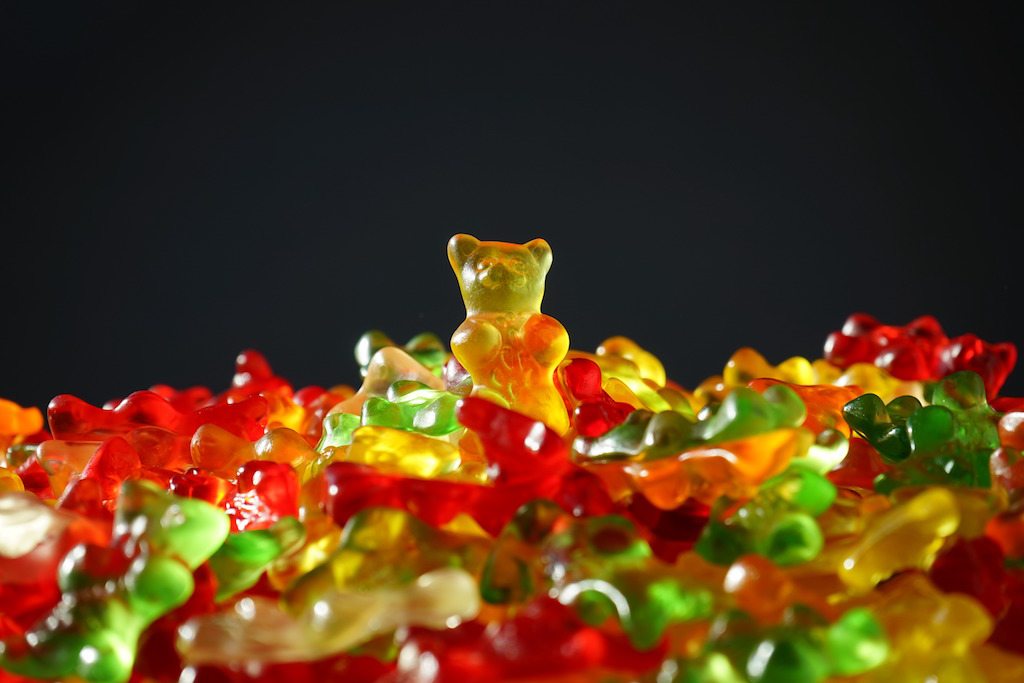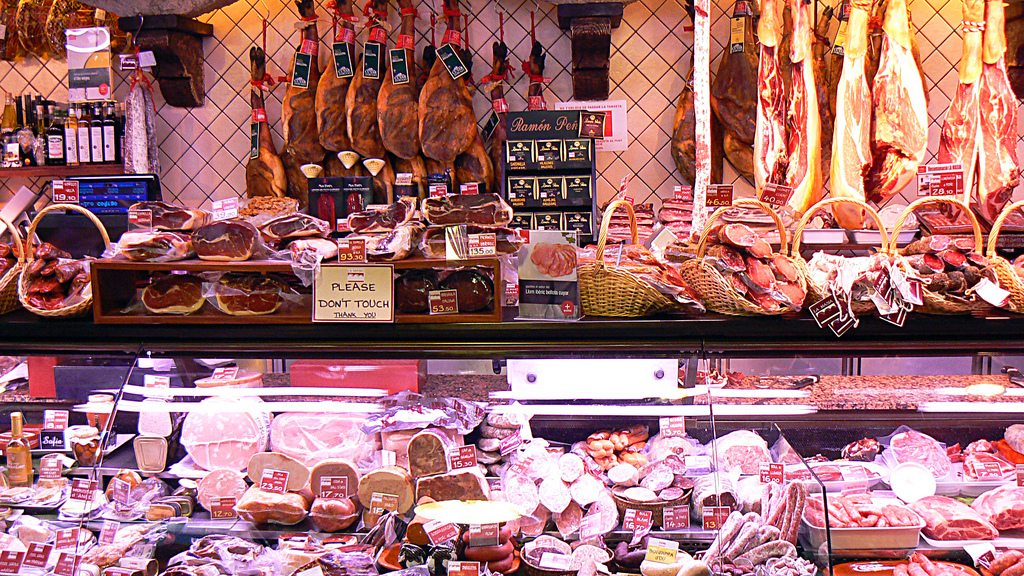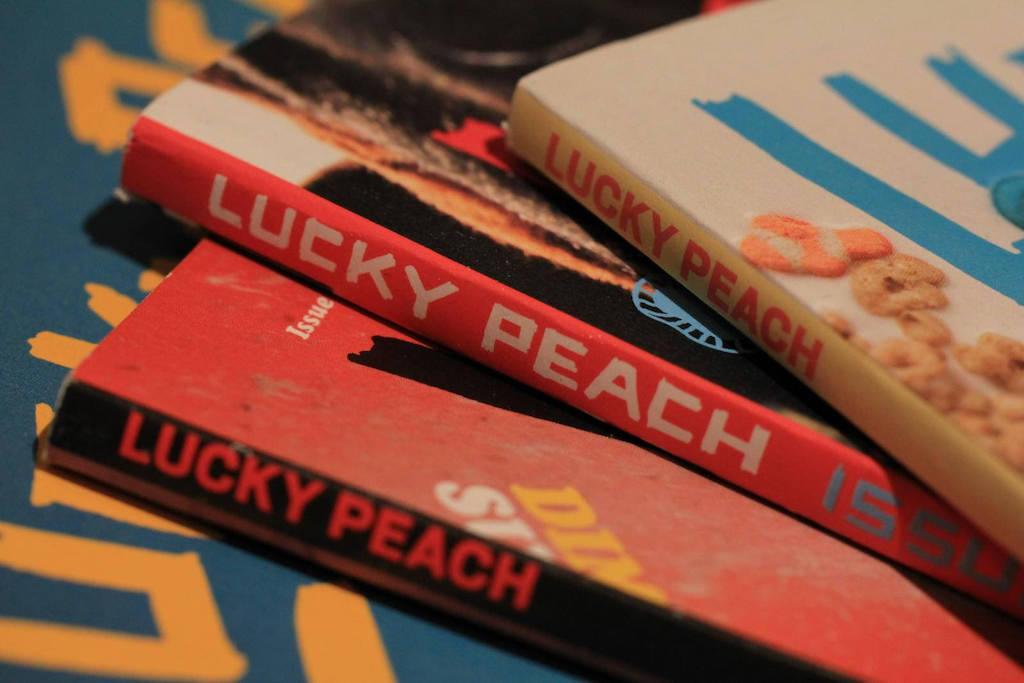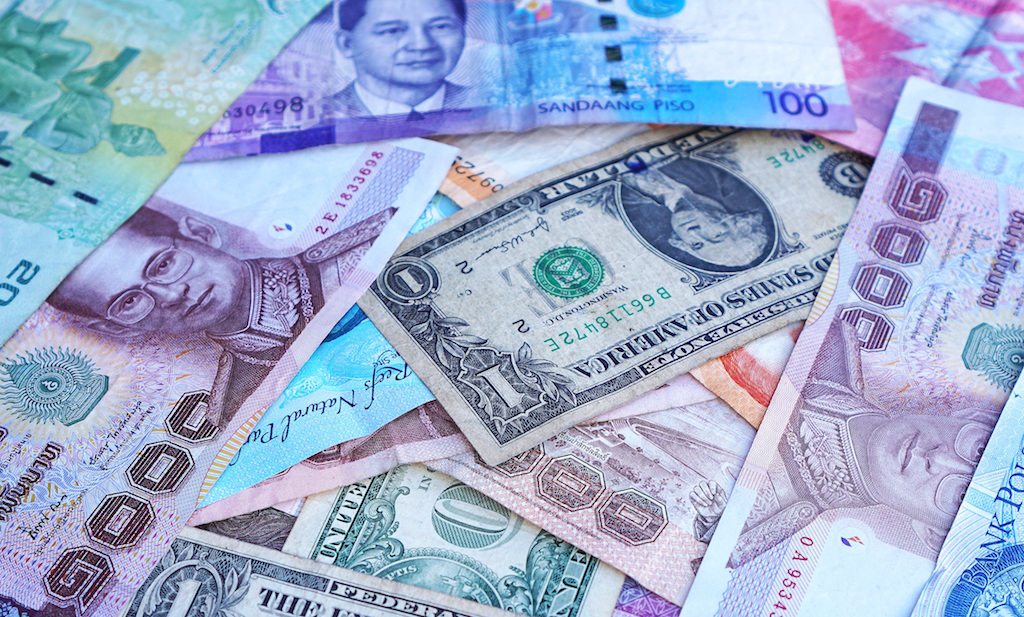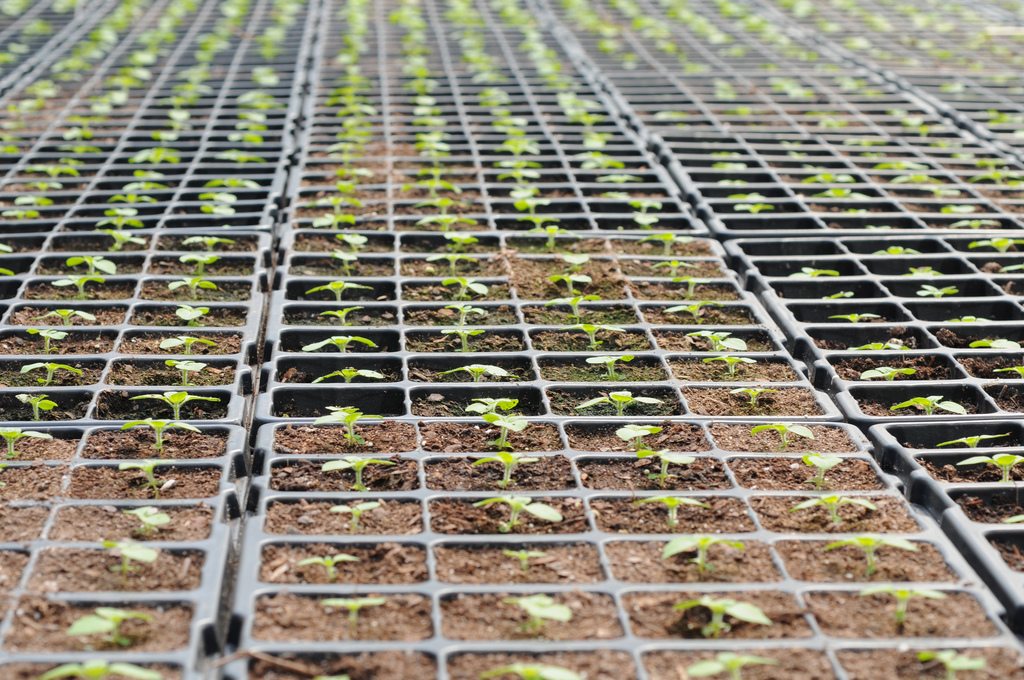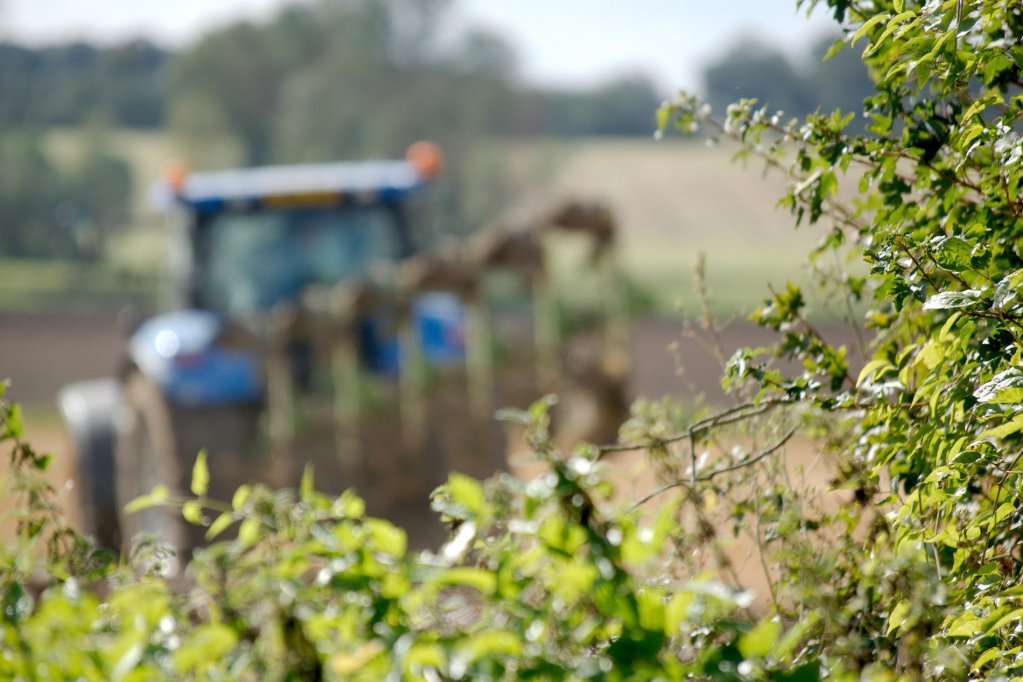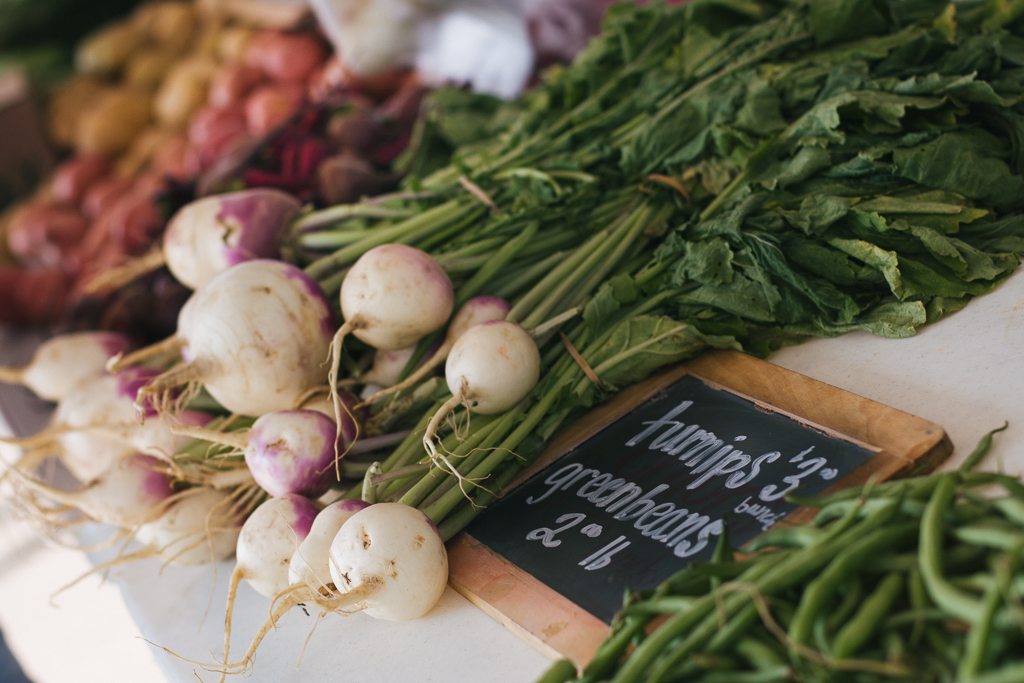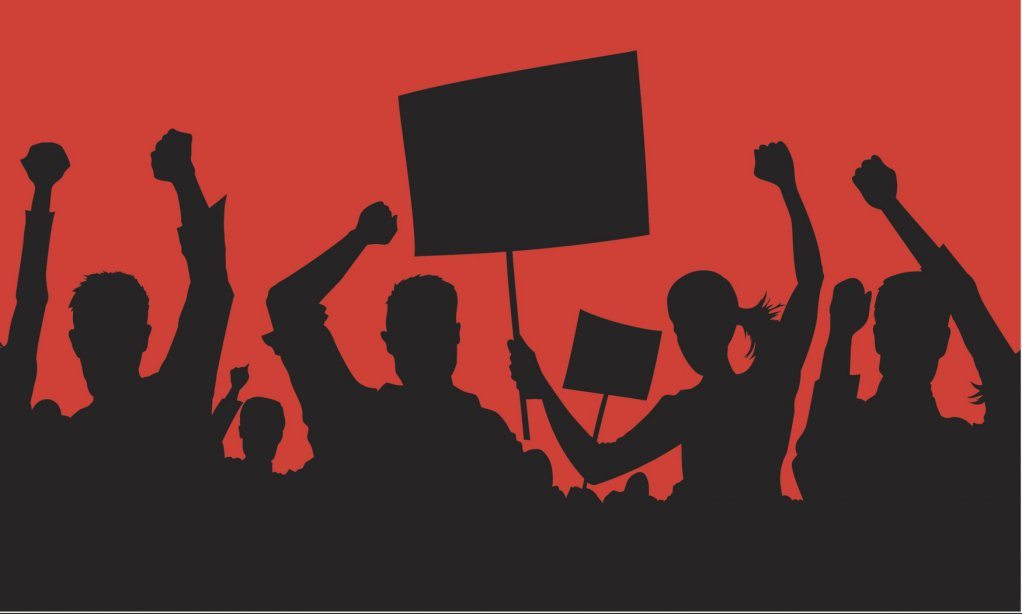For the first time in fifty years, there’s a real possibility that junk food purchases could be banned from the Supplemental Nutrition Assistance Program (SNAP, formerly food stamps). The idea is that people who receive food assistance dollars from the government shouldn’t be allowed to spend it on Oreos and Coca-Cola. Yes, that notion arguably demonizes the purchasing habits of low-income people. But it would also mean fewer taxpayer dollars would make their way back to big soda companies, something nutrition advocates have been working toward for a while now. These efforts, though fraught, have managed to mobilize an unusual coalition of supporters, and they’re gaining momentum on Capitol Hill.
Last week, House Agriculture Chairman Mike Conaway held a hearing on the subject—a hearing Politico said was well-attended. (Meanwhile, other limitations on the program, like Wisconsin Governor Scott Walker’s efforts to drug test SNAP recipients, are making their way up and down the Hill.) For those who have championed banning junk food from federal food assistance for decades, the recent changes in leadership at the United States Department of Agriculture (USDA) and in the White House may be encouraging signs that state- or federal-level policy changes are ahead.
In a way, this debate is nothing new: federal food assistance, in its earliest incarnation, very nearly banned junk food.
When it was first introduced in 1939, the food stamp program was supposed to take care of an agricultural surplus while directly benefiting American farmers. The program administrator at the time, Milo Perkins, put it this way: “We got a picture of a gorge, with farm surpluses on one cliff and under-nourished city folks with outstretched hands on another. We set out to find a practical way to build a bridge across that chasm.”
Perkins’ version of the program incentivized buying an ongoing list of surplus staples—dried beans, eggs, butter, onions—thus, creating a market for domestic agricultural products. Though World War II effectively ended both the surplus and the first food stamp program, it was widely thought of as a success. But here’s where it gets interesting: Toward the end of food stamps version 1.0, administrators started to incentivize vegetables and ultimately banned soft drinks.
Two decades later, when Lyndon B. Johnson revived the program and signed the Food Stamp Act on August 31, 1964, there were a million more farms in the United States than there are today, and on average they were 100 acres smaller. The foods that were permitted in the bill he signed into law were pretty much the same as they are today—the bill allowed for just about anything except tobacco and alcohol. But that final version, the one Johnson signed? It wasn’t the only version that was successful in Congress. Before the Senate made changes, the House passed a version of the act that prohibited the stamps from being used for soft drinks, “luxury foods,” “luxury frozen foods,” and imports.
Once it saw the luxury food and soft drink ban, the Senate cried “administrative nightmare.” Some senators cited studies showing that people on food stamps generally use them to buy healthy staples (the buzzword of the day was “good basic foods”). In an apparent attempt at compromise, one senator tried to narrow limitations to ban just carbonated soft drinks. His amendment, of course, never passed.
So food stamps and soda have had a shaky relationship since Day One. But the would-be junk food bans have always lost out to perceived administrative challenges and the argument that people know how to buy their own groceries. (Side note: Ronald Reagan flirted with food stamp limitations more broadly on the campaign trail, invoking images of food stamp customers buying steak at the grocery store while other consumers waited in line. His administration didn’t wind up following through on limiting what SNAP dollars can buy, but that sentiment remains an undercurrent in SNAP policy discussion today.)
A lot has changed in the last fifty years. Our globalized food system means the economic link between food purchases and farmers is far less clear and direct. Lobbyists have a much louder voice in Washington than they did in the 1960s. The obesity epidemic has made public health concerns more pressing than they were when Johnson signed the act in 1964. The connection between SNAP and “junk” food is as fraught as ever.
What would actually have to happen for a SNAP junk ban to actually become reality? Here are the three likeliest scenarios.
 Flickr/Mr. Brian
Flickr/Mr. Brian Scenario 1: Let the states decide what’s best.
For the last two decades or so, various state governments have been trying to ban junk food from the SNAP program in the absence of federal policy change. In 2017 alone, legislators in both Arkansas and Tennessee have considered junk food bans (both bills have since died). But states can’t actually ban junk food without permission. The USDA administers the SNAP program, and states don’t actually get a say in what people can and can’t buy using SNAP dollars—it’s federal funding, the logic goes, so the federal government makes the rules.
That hasn’t stopped them from trying, however. Back in 2003, Minnesota was the first state to apply for a special waiver from USDA. That waiver would’ve given it the authority to define what makes certain foods “junk” foods and regulate their sale. Maine has tried this, too, and former New York City Mayor Michael Bloomberg even tried on behalf of the city back in 2009. (Think Progress has a thorough backgrounder here.) But USDA has always rejected those waiver requests, citing difficulty and inconsistency in implementing a junk food ban in just one state.
But it was the Bush Jr. administration that cited ethical concerns over the limits. When Bush’s USDA rejected Minnesota’s waiver request, the letter read (again via Think Progress): “Implementation of this waiver would perpetuate the myth that participants do not make wise food purchasing decisions … [but] research has shown they are smart shoppers.” Sounds kind of like those “good basic foods” from back in 1964, right?
There are a lot of problems with letting states enact piecemeal junk food bans. For one, it’d mean inconsistent definitions of the term “junk food”—the Minnesota proposal would’ve allowed Kit Kats, while the Arkansas proposal would’ve banned all meat. For that reason, it’s highly unlikely the next USDA will start granting waivers.
But waiver requests from states could be used as a tool to spur federal policy change, kind of like what happened with GMO labeling and Vermont. Days before Vermont’s robust GMO labeling law was scheduled to go into effect, the Senate tried to preempt it with the passage of a federal labeling law (read our background here). It’s unlikely, but not impossible, that USDA would grant a waiver to a state or two. That’d almost certainly feed momentum for federal-level policy change down the road.
Scenario 2: Strange bedfellows breed bipartisan support
Food assistance is one of those kaleidoscopic policy issues that finds Big Soda and Bernie Sanders playing for the same team one day and a Republican Congress cozying up with Marion Nestle the next. A junk food ban would please public health advocates and political conservatives alike, yet it would also make losers of Big Food and much of the left. Strange bedfellows, to be sure. But perhaps unlikely alliances, in the right alignment, could change the next farm bill.
Remember when Big Soda used Bernie Sanders quotes in its anti-soda tax campaign? He called the taxes “fundamentally regressive.” That’s because they taxed consumers without raising costs for soda companies. But wait. Isn’t Bernie Sanders a supporter of organic farming and environmental stewardship? Well, yes—and that’s what makes this scenario so interesting. Soda taxes are, of course, different from junk food bans. But they’re similar in that they limit “junk,” and they put the financial burden of that limitation on the consumer.
Nicole Pepperl at Harvard University provides a way of thinking about SNAP priorities. The program really serves three purposes: it’s a vehicle for welfare (providing assistance to those who need it), it’s a nutritional tool (getting healthy food to hungry people), and it’s an agricultural subsidy (getting money to farmers). Talk of junk food bans tends to exacerbate tensions between the welfare and nutrition camps: people who see SNAP as an assistance tool generally oppose bans, while people who see it as a nutritional tool want soda out of the program.
All of that gets muddled when the major political parties get thrown into the mix. The two most recent Republican administrations are evidence of that gray area: the Bush administration demonstrated opposition to limiting what SNAP dollars can buy, but there seems to be momentum toward junk food bans in the Trump administration. And the Democrats are no less divided: the nutrition advocacy community, which tends to advocate for a robust, well-funded SNAP program in the farm bill, has generally supported municipal soda taxes, while other factions believe putting the burden on the consumer won’t solve any problems.
It’s not too likely that any of the strange alliances will prove strong enough to influence the next farm bill, but they are certainly worth keeping an eye on. As Politico reports, at House Agriculture Chairman Mike Conaway’s hearing last week, the majority of attendants thought it would be “complicated, costly, and unfair.”
Scenario three: The lobbyists go quiet
This one’s pretty unlikely. But bear with me. In Arkansas, the Senate committee struck down the junk food ban right after hearing testimony from industry lobbyists. State representative Mary Bentley blamed those testimonies for tipping the scales against her bill: “Lobbyists’ pressure. For sure. That’s obviously why the Farm Bill runs into any pressure whenever anybody tries to anything to limit — it’s big money, it’s huge money, it’s $80 billion a year,” she told Arkansas Public Media. And she’s right—it is big money. Big Soda has invested $67 million in efforts against municipal soda taxes, according to the Center for Science in the Public Interest. Coca-Cola contributed to more than 220 Congressional races in the 2016 election. The Grocery Manufacturers Association spent almost $5 million on lobbying last year alone. All of those industries make money off the SNAP program, and none of them want to see it limited.
But Pepsi is reporting higher demand for healthy food, and Coca-Cola is expecting a “volatile” 2017. There’s a sliver of a possibility that, somewhere far down the line, Big Food will have to respond to the change in demand by giving up on soda and junk food and investing instead in salad and dried fruit. That shift could make for a less obese America a whole lot faster than a soda ban in the SNAP program, but a shift in priority on the part of big corporations would also mean that opposition to SNAP limitations would get a heck of a lot quieter. Maybe the Grocery Manufacturers of America will decide to take on online shopping (Amazon secured a spot in the online SNAP pilot, so the lobby has reason to feel threatened), or Nestle’s new sugar molecule will eliminate the need for corn syrup. Pepsi and Coke, however, aren’t running out of lobbying dollars anytime soon—a few million a year doesn’t mean a whole lot to either of them—and soda’s too profitable a product to give up on just yet.
We have little idea what ideologies were invoked when the Food Stamps Act of 1964 was passed and the Senate decided to let soda slide. Maybe it was a freedom thing, or maybe the sugar industry found a friendly ear or two in Congress. (Coincidentally or not, that was around the time it was paying those infamous Harvard researchers to shift blame for expanding waistlines to fat). Maybe legislators had no idea what corn syrup would do to public health, or maybe they figured junk food was alright as long as federal food assistance dollars found their way back to farmers.
It’s possible that we’ll still be having these conversations another fifty years from now. Maybe the next time this comes up, the meaning of the words “Republican” and “Democrat” will have shifted again. Maybe the health care providers will have pivoted to an aggressive preventative approach, making limits on what SNAP dollars can buy totally irrelevant. But it’ll undoubtedly be interesting to watch the deck reshuffle over and over again as the government and the public try to figure out where to draw the lines between freedom, commerce, and public “good.”
